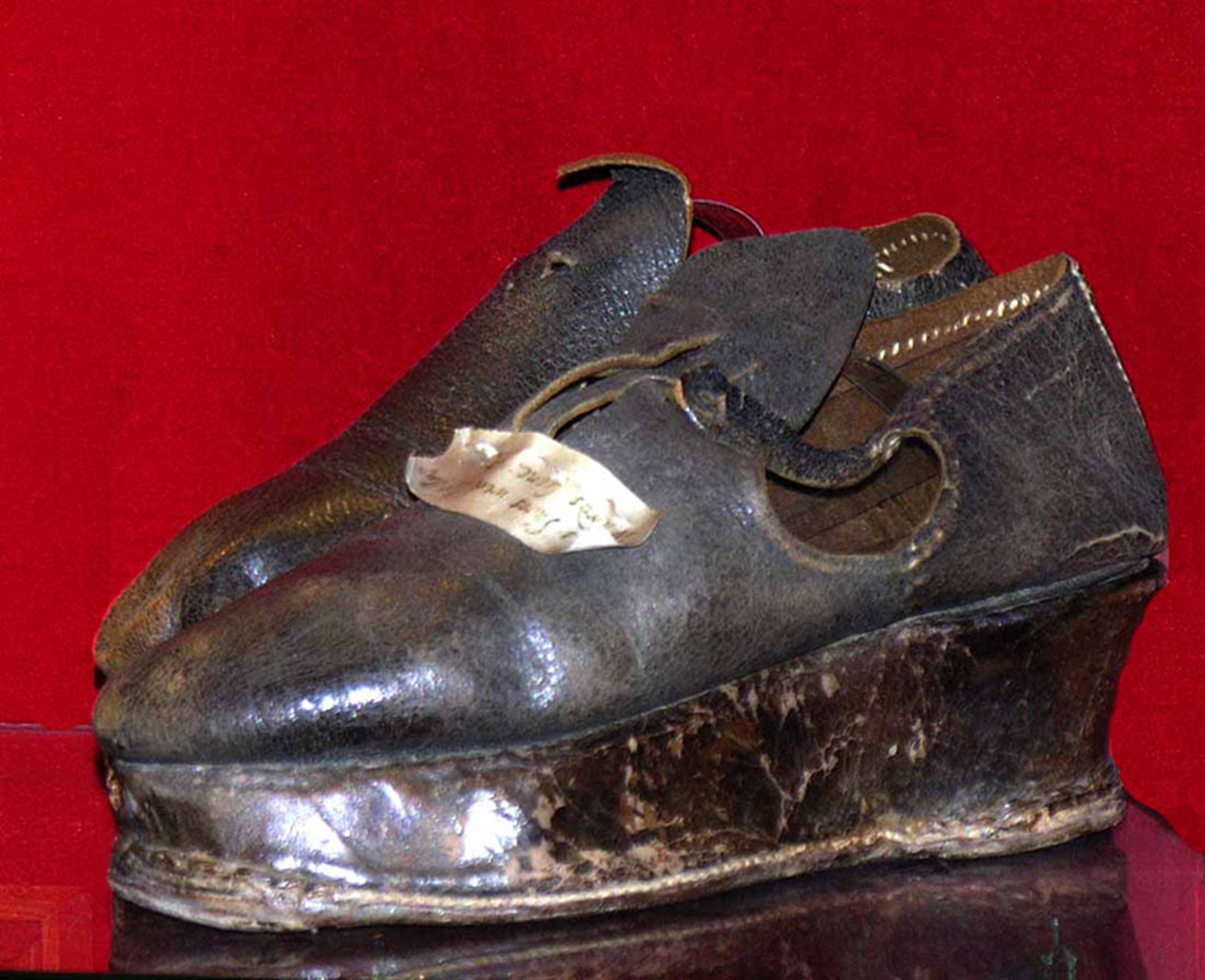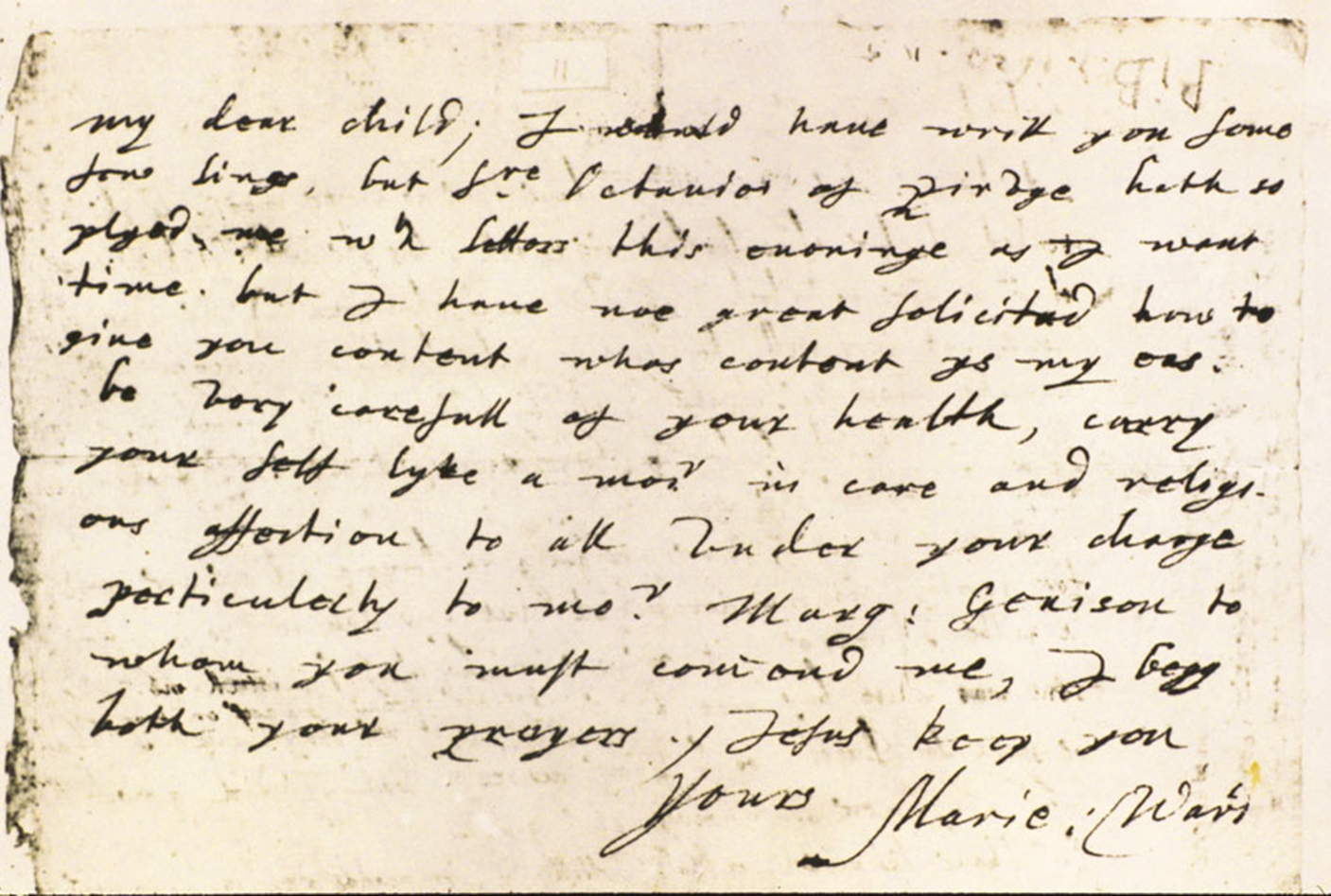Life of Mary Ward
Early Life
Born in Yorkshire in 1585, Mary Ward's England was a country wracked by religious strife and torn apart by the divided loyalties to two hostile churches, Protestant and Catholic.
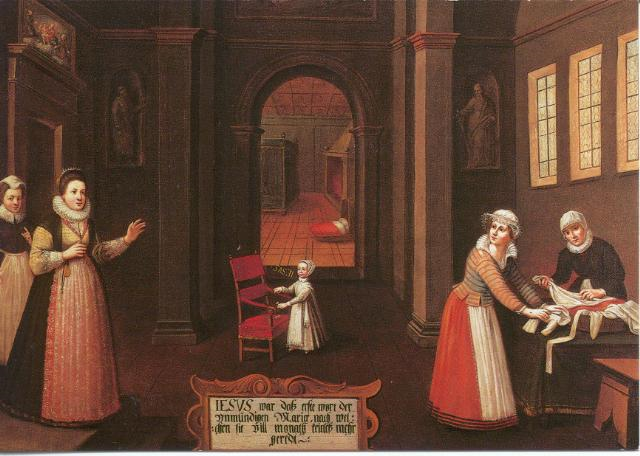
The excommunication of Queen Elizabeth I by the Church intensified the persecution of Catholics there. Swift and punitive retribution – such as fines, imprisonment and even the death penalty – was meted out to any member of the 'old faith' caught harbouring a priest; a priest caught saying Mass could be hung, drawn and quartered.
Yorkshire, her home county, was a hotbed of recusant resistance and Mary Ward's family was at the centre of some of these activities. Two of her uncles (John and Christopher Wright) were involved in the Gunpowder Plot of 1605, for which they were executed and her own father spent time in prison on suspicion of involvement too.

Mary Ward became a Poor Clare Sister in 1606 in a convent in St Omer, Flanders. Appointed as an extern sister, this precluded her from participating in the Divine Office and other aspects of the Poor Clare's prayer life. She soon discerned that this was not the life God was calling her to.
In March 1607, a Franciscan Visitor General who came to the convent, told her that it was not God's will that she should remain as an extern sister there. Though sorry to leave the Poor Clare house in St Omer, she maintained the link when she founded a new house for English Poor Clares in Gravelines.
Finding contentment there, she would happily have spent the rest of her life as a choir sister in Gravelines, but God had other plans for her.
400th Anniversary
On the feast of St Athanasius, 2 May 1609, she became aware through divine illumination, that God was asking “some other thing” of her. Risking the opprobrium of the Church, she left Gravelines and returned to England.

Back in London she worked with the underground Church, undertaking prison visitations, tending the sick and carrying out catechesis. Condemned to death for this work, she left London with a small group of first companions in the late autumn of 1609 to return to St Omer.
This fledgling religious community was modelled on the mobility and missionary focus of the Jesuits but catered specifically for women, something which St Ignatius had forbidden his followers to establish.
The Institute of the Blessed Virgin Mary and the Congregation of Jesus stem from this small beginning.
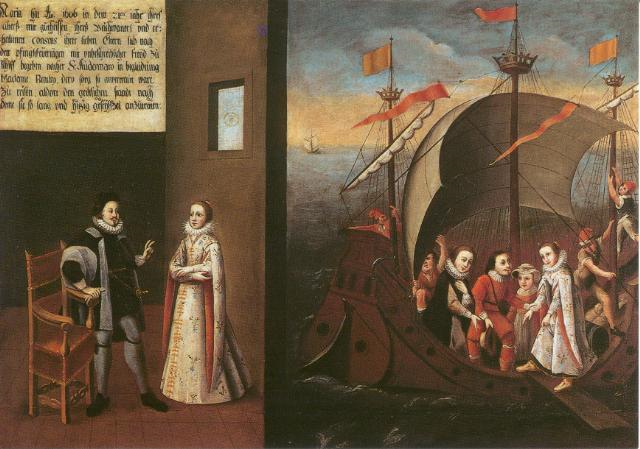
Between 1611 and 1619, Mary Ward and her Sisters frequently visited London and worked as part of the underground apostolate. Spies were everywhere and so the Sisters, under the leadership of Susanna Rookwood, adapted and were flexible in their movements and undertakings.
In her book, Sr Gregory Kirkus, CJ, wrote, “They took assumed names to cover their tracks and went about, sometimes in the ruffs, bright taffeta or rich brocade of the rich, sometimes in the modest frieze of the poor.”
Every movement they made was always to further their apostolate; they taught the faith and prepared people for the sacraments, encouraged the persecuted, and visited prisoners in their foul cells, taking them food and other necessities.
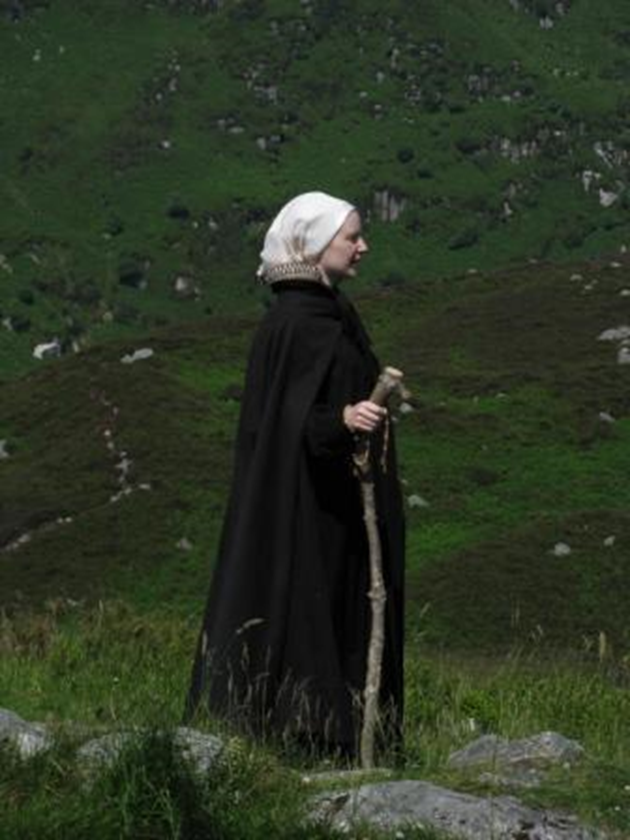
They were sometimes themselves imprisoned, but remained undaunted. It is small wonder that the Archbishop of Canterbury is reputed to have said that Mary Ward was doing more harm than six Jesuits!
But in the 17th century, Mary Ward's pioneering vision of religious life was in direct contravention of the Council of Trent's strictures on women religious which insisted that they be enclosed in a monastic setting, thus inhibiting their ability to respond to missionary needs.
As time passed, more and more voices were raised in opposition to the 'English Ladies', who were accused of enjoying too much freedom, such as being allowed to walk the streets unaccompanied by a man!
This kind of scandalous behaviour spurred her opponents to refer derogatorily to the English Ladies as “galloping girls” or “wandering gossips”.
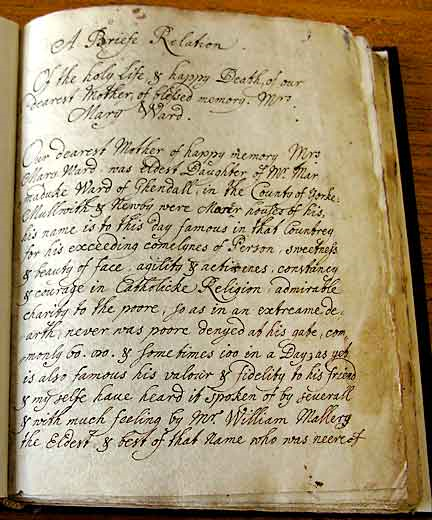
In 1631, Mary Ward's Institute was suppressed on the orders of Pope Urban VIII in the Bull Pastoralis Romani Pontificis, and Mary Ward herself was described as 'a heretic, a schismatic and obstinate rebel against Holy Church' and imprisoned for a time by the Inquisition.
All her foundations were dissolved while Mary Ward was kept under strict surveillance at the Poor Clare convent – the Angerkloster in Munich.
Mary was locked into a small filthy cell, with insufficient light or air, without heating, and in complete isolation. The Poor Clares were forbidden to speak to her.
Writing materials were prohibited, though food parcels were allowed and a method of communication was soon established by means of lemon juice and the laundry wrapping paper.

Twenty-three fragile lemon-juice letters have survived to this day and from these we get an important insight into Mary Ward at this time of suffering.
Her acceptance of her lot as the will of God, her endurance of physical pain and witness of the ruination of her life's work – prompted her to resort to cheerful exhortations such as 'Be merry and doubt not our Master!'
February 15th
Who knows what God has determined by these accidents? Truly, neither they nor I, nor do I desire to know, nor have any other than His will. Be merry and doubt not in our Master.“
When she was freed, she once again set out in October 1631 for Rome to seek a papal audience and plead her case. She reached Rome on 4 March 1632 and was quickly granted a papal audience.
Throwing herself at the feet of the Pope, she declared, “Holy Father, I neither am nor ever have I been a heretic”, to which the Pope replied, “We believe it, we believe it.”
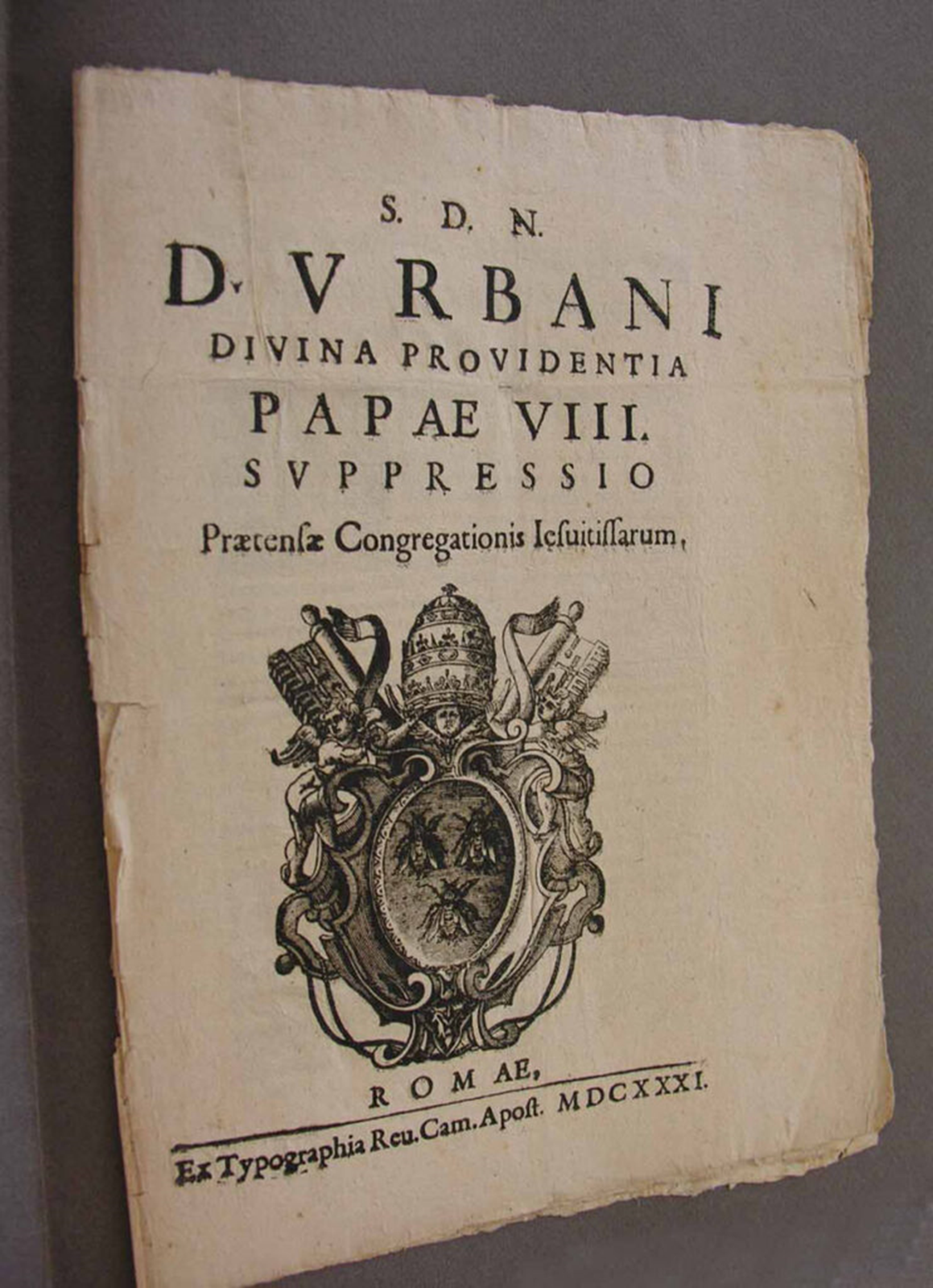
But Pope Urban VIII did not revoke the Bull and though the Inquisition issued a statement that neither Mary Ward nor her companions were guilty of any “failure against the faith of the Church” nor was she guilty of heresy, she still lived under the shadow of the Inquisition.
Consequently, most of the members of the Institute were forced to leave their houses and either return to secular life or join other religious orders.
Only in Munich and Rome were a limited number allowed to live together, albeit as lay women.
In total, and including the lone missionaries who were based in England, the number who remained faithful to Mary Ward probably did not number more than 50.
In 1639, some years after the Suppression, she returned to her native Yorkshire, and lived with a few of the original companions at Hewarth, then a village outside York.
She died on 30 January 1645, and was buried in the churchyard at Osbaldwick where her tombstone can still be seen.
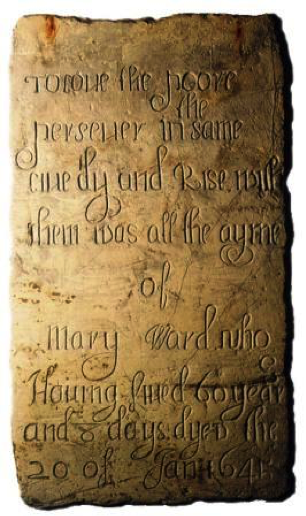
To love the poor,
persevere in the same,
live die and rise with them
was all the aim of
Mary Ward
who lived 60 years and eight days
and died on 20th January, 1645**Old style calendar:new style 30th January

